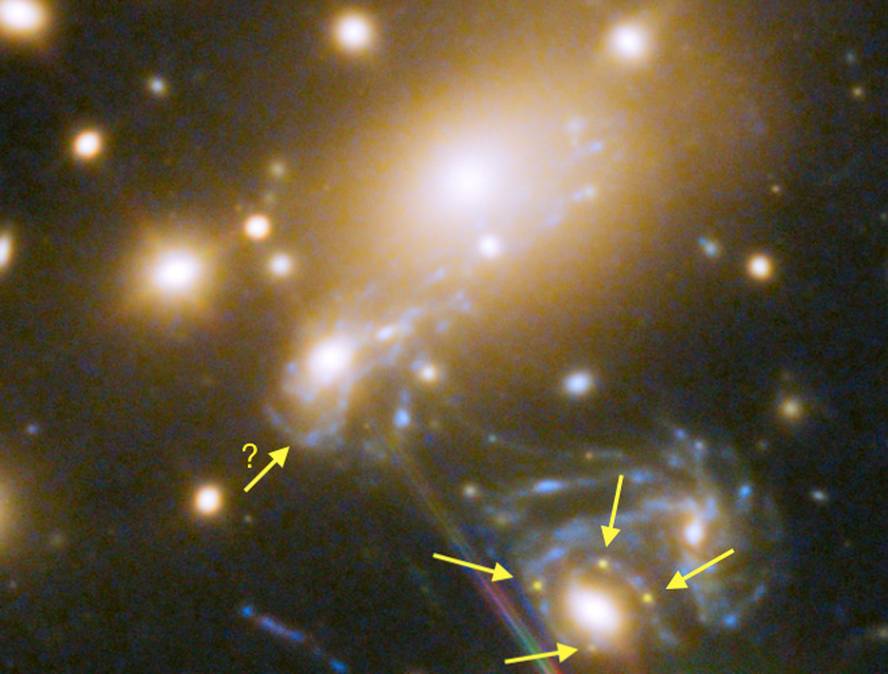They measure the rate of expansion of the universe thanks to new images of a supernova.

The data obtained from a supernova of expanded and multiplied images found by a group using the Hubble Space Telescope has enabled the successful use of a pioneering technique to measure the rate of expansion of the universe.
This technique has brought a new vision to an old debate that could help scientists learn more about the age of the universe. In fact, the expansion of the universe is measured in two ways, also called the Hubble Constant. The first shows the supernovae and the second uses the cosmic microwave background. However, between these two measures there is a difference of around 10%, which has sparked a great debate between physicists and astronomers. If both measures are accurate, this means that scientists' current theory of universe creation is incomplete.
An international group recalculates the Hubble constant by analyzing the light emitted by a supernova when it appears over and over again. One of the members of this international group is Tom Broadhurst, Ikerbasque research professor at the UPV and associate researcher at the DIPC.
To calculate the expansion rate, the group has used data from the supernova Refsdal. This supernova has first been translated into more than one image, that is, the telescope has obtained four different images of the same cosmic event. After the discovery, groups around the world announced that the supernova appeared elsewhere in 2015, and the University of Minnesota team took that new image. All these images were obtained because a group of galaxies functioned as a gravitational lens in front of the supernova. In this phenomenon, the mass of the set tilts and increases light. Considering the delays between the 2014 and 2015 images, researchers have been able to measure Hubble's constant for the first time using a theory developed by Norwegian astronomer Sjur Refsdal in 1964.
Tom Broadhurst has come to the conclusion that the new measure of the Hubble constant is better suited to the cosmic bottom of microwaves, as it reinforces its interpretation, that is, that the rate of expansion of the universe depends on the outer pressure of dark energy and is compensated by the self-gravity of dark matter, which is currently accelerating the rate of expansion of the universe.
Research has been published in the Science and The Astrophysical Journal journals.





